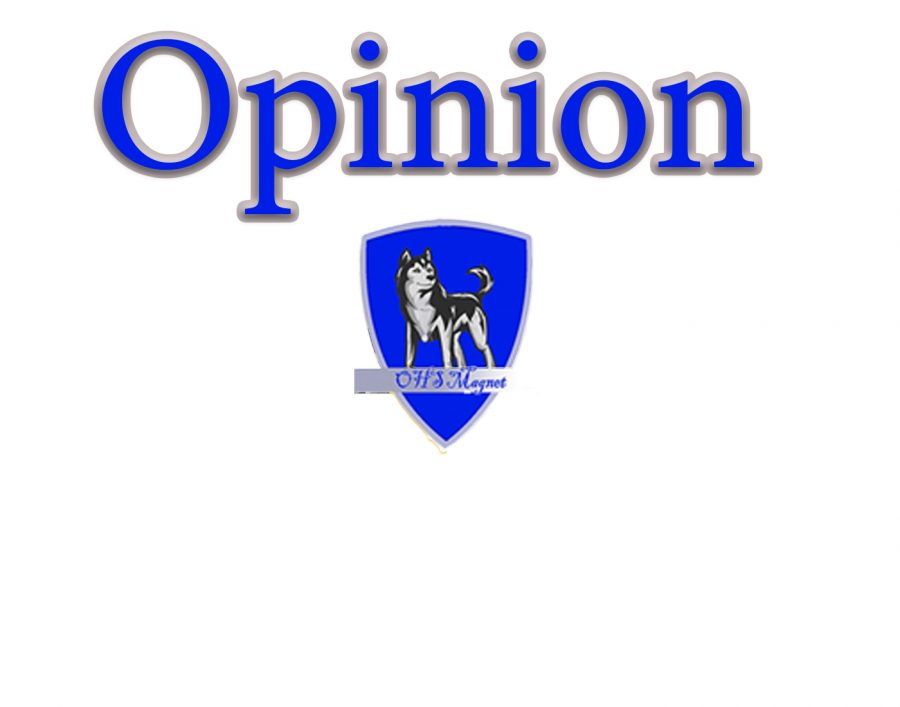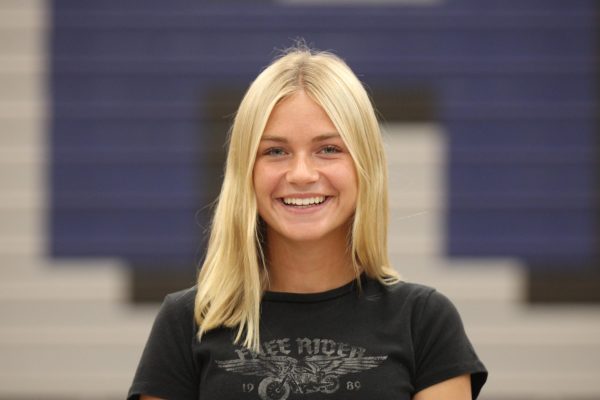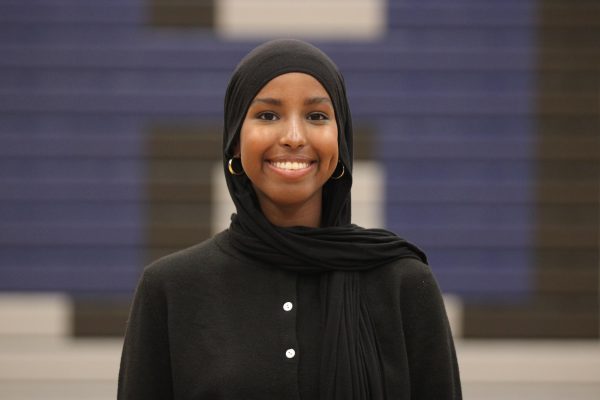Rethinking costumes
Editorials are written by the OHS Magnet staff. This is classified as opinion and not news. Editorials are the opinion of the Magnet Editorial Staff
October 30, 2018
Halloween is considered a fun and spooky holiday by many where anyone can dress up as anything they desire. Dressing up as anything from celebrities to food items fall on the spectrum for Halloween costumes. However, some costumes may be crossing the line to what is classified as appropriate for society.
Costumes that may be classified as controversial fall into cultural appropriation that imitate stereotypes from different cultures. People dressing up as Native Americans, Mexicans and Geishas are all examples of costumes that offend a certain race. In most cases, these costumes are sexualized. Junior Jennifer Armendariz said, “If someone is wearing a sombrero along with eating tacos and calling it a costume, that is offensive. It is like they are mocking the culture.” Many do not understand the impact of the disrespect minorities may feel when they see their culture or race being misrepresented inappropriately. The campaign “We’re a Culture, Not a Costume” was created to make more people aware of dressing up inappropriately.
In 2016, Disney pulled their Moana costumes for kids off their website after they received a load of backlash from the Polynesian and Pacific Islander community. The costumes were bodysuits that were tinted brown, covered in cultural Polynesian tattoos, and came with coarse black wigs. The tribal tattoos have symbolic and religious meaning to the religion of Polynesia, so it was not a surprise when numerous people began speaking out against the costume. Many compared this incident to blackface, which dated back to the 19th century when performers used theatrical makeup to represent a black person on stage. On the other hand, there are also a number of people that believe that society is being too sensitive about costumes, especially for kids. Many argue that there was nothing wrong when kids dress up in culturally diverse Disney costumes, such as Jasmine who is Middle Eastern and Mulan who is Chinese. However, there can be a difference in wearing a costume that respects a race or nationality historically and accurately, rather than wearing one that simulates the stereotypes and offensive clichés.
There have also been previous costumes worn that have sparked strong reactions from the media for being classified as out of line and inappropriate. Some controversial costumes have been brought to the public’s eye because they are costumes that represent characters or public figures. Many today are still using blackface to dress up as an African American character, but many do not realize the history behind it, and how it was used to mock African Americans and portrayed them for being inferior. According to Good Housekeeping, “Costumes of terrorists, holocaust victims and homeless people in addition to those involving blackface, national tragedies, transphobia and sexual harassment are on the list of the top 15 offensive costumes of 2018.” Students at OHS have various opinions on when to say no to a costume. Junior Elisabeth Daley said, “You draw the line when it starts to make fun of people suffering, or when it offends someone else’s culture and way of living.” It is important to understand what a costume represents to all groups of people, and where the line falls between funny and offensive before portraying it for Halloween.







